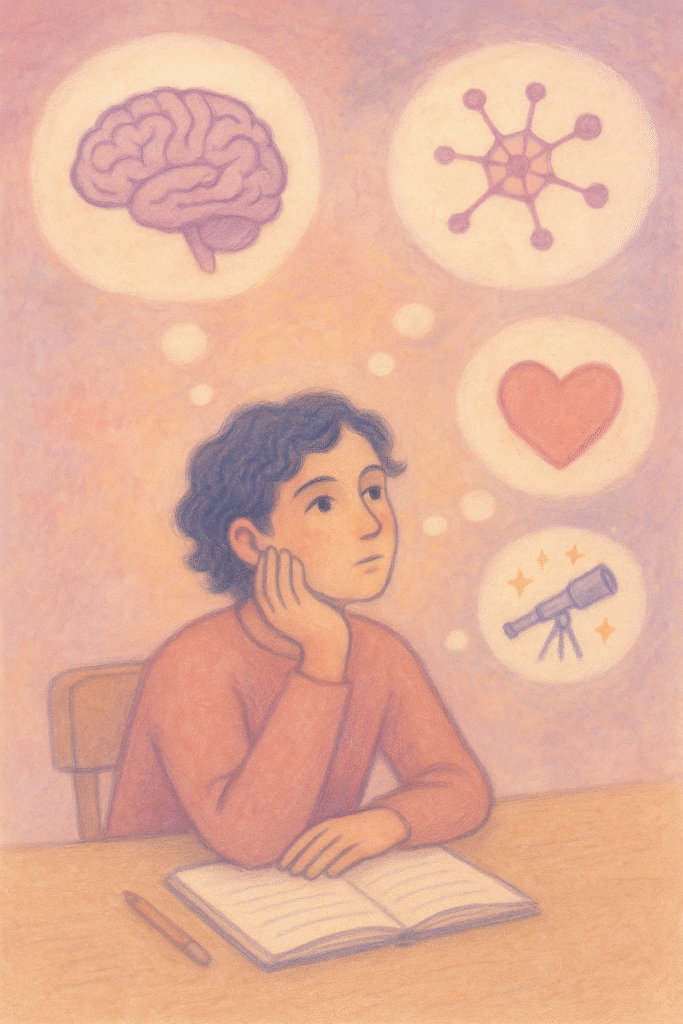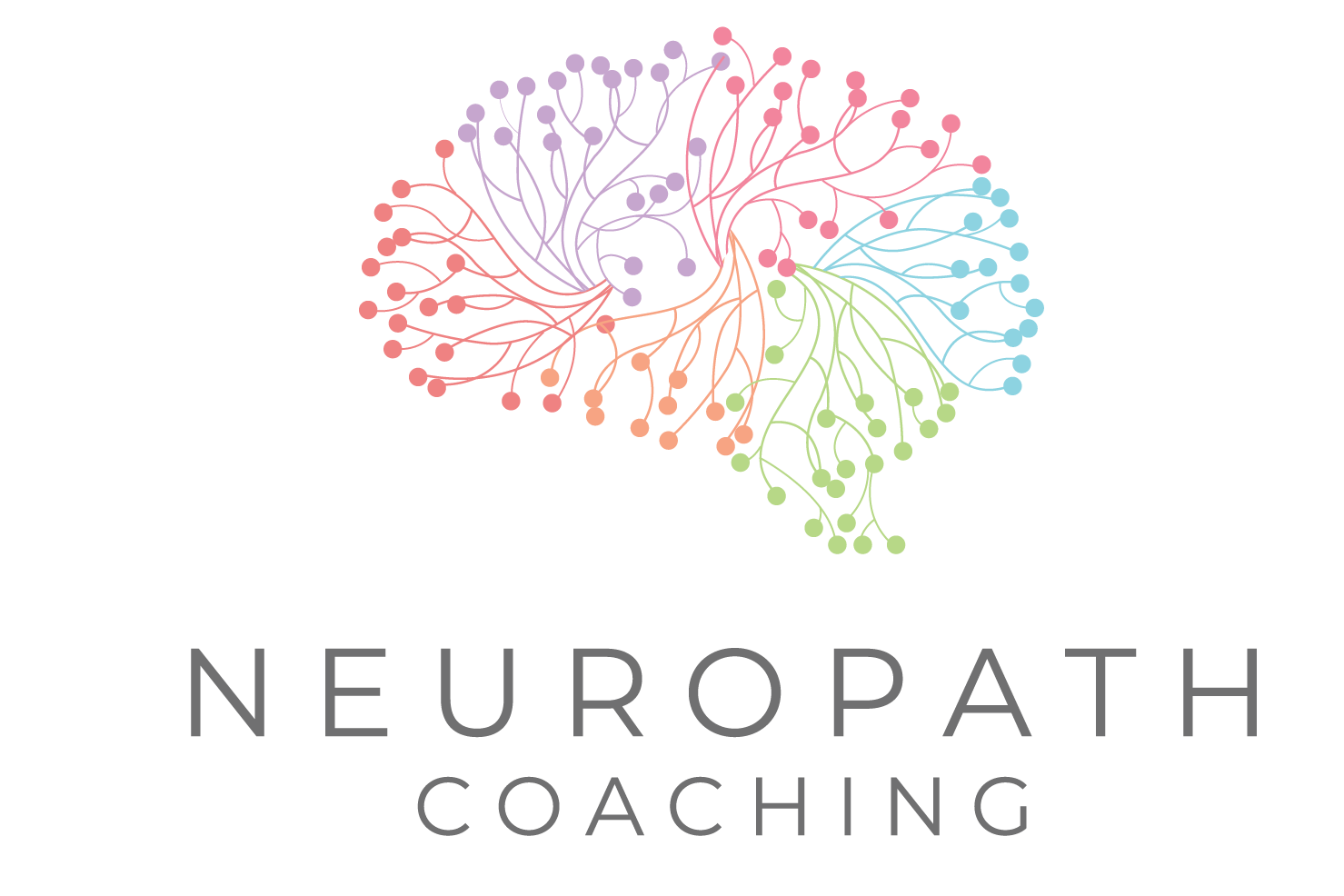The Neuroscience of Memory
Memory is not just recalling facts for a quiz or remembering where you left your keys. It’s how we learn, connect with others, and make sense of our lives. But how does memory work? And how can we improve it?
In this article, we break down the science of memory into simple, digestible ideas with actionable tips to help you make what matters stick.

The Three Stages of Memory: From Moments to Meaning
Your brain is constantly filtering a flood of information—what to keep, what to toss, and what to store for later. This process unfolds in three stages:
1. Encoding
The First Impression
Imagine walking into a new place. Your eyes scan the room, your ears catch a tune playing in the background, and your skin registers the temperature. Your brain is already busy translating these experiences into a language it can understand—this is encoding.
The hippocampus acts like a discerning librarian, deciding which “books”—or moments—are worth shelving.
Each sensory input—sights, sounds, smells—are routed to different specialised regions of the brain for initial processing.
But there’s a catch: attention is the gatekeeper. If you’re distracted or disengaged, even the most remarkable moments might never make it into memory.
2. Storage
Turning Moments into Memories
Once encoded, memories need somewhere to go and there are two types of storage:
- Short-Term Memory (STM): your brain’s ‘post-it note’, handy but temporary. It stores about 7 items for 20–30 seconds and relies on the prefrontal cortex to juggle tasks like remembering a phone number or following directions.
- Long-Term Memory (LTM): the deep archive. But getting here is not automatic—consolidation must occur. This often happens during sleep, when your brain reviews the day’s events and files them away in various regions across the cortex, like saving documents across a network.
Without sleep, you can not store memories or information long-term. This is why cramming for an exam the night before will not result in the desired effect.
3. Retrieval
Finding what you Filed
Retrieval is like finding a specific photo in your camera roll. Your brain reactivates the original pathways from when you encoded the memory.
Sometimes retrieval is smooth, and a name or fact appears instantly.
Other times, it’s like the file is stuck in the drawer—you know it’s there, but can’t quite reach it.
Your emotional state and environment can add ‘colour’ or even change the memory during retrieval. This is why eyewitness accounts can vary wildly.
Types of Memory: Your Brain’s Different Filing Cabinets
Declarative (Explicit) Memory
What you consciously remember
Episodic Memory: The storybook of your life—the first time you drove a car, your most recent holiday or favourite meals.
Semantic Memory: Your internal encyclopedia—facts, vocabulary, and trivia.
Non-Declarative (Implicit) Memory
What you remember without trying
Procedural Memory: Automatic skills like riding a bike, typing, or tying your shoelaces.
Priming: When exposure to something subtly shapes your behaviour or thoughts, without you realising it. (example: humming a song after hearing just one note.)
Why Do We Forget?
Forgetting isn’t failure—it’s functionality. Your brain is pruning constantly, and for good reason. Here are common reasons why we forget:
Decay: Use it or lose it. Neuronal connections fade if not reinforced.
Interference: New memories can bump into old ones—especially if they’re similar.
Retrieval Failure: Sometimes the memory is there, but without the right cue, your brain can’t access it (example: when you recognise an actor but can’t recall from where).
Your brain is like a dynamic garden rather than a hard drive—constantly growing, pruning, adapting.
5 Science-Backed Ways to Strengthen Memory
- Spaced Repetition
Review material over time, not all at once. This strengthens neural pathways and reduces forgetting. - Make it Emotional
Emotion acts like a highlighter. The amygdala boosts memory consolidation when feelings are involved. - Use Association
Hook new facts onto things you already know. Mnemonics, rhymes, and vivid images help the brain lock it in. - Prioritise Sleep
Memory consolidation happens in slow-wave sleep—skip rest, and you lose learning. - Get Moving
Aerobic exercise boosts BDNF (brain-derived neurotrophic factor), a protein that helps neurons grow and form new connections.
3 Things you might not know about Memory
Smell and memory are intertwined: The olfactory bulb (your smell processor) connects directly to the hippocampus, making scent a powerful memory trigger.
Stress distorts memory: Cortisol, a stress hormone, can block access to certain memories—or make emotional ones even stronger.
Your brain can store an estimated 2.5 petabytes of data—roughly equivalent to storing over a million gigabytes of data, or about the digital capacity of 3 million hours of video content.
(Source: work by Paul Reber, a cognitive neuroscientist at Northwestern University)
Memory isn’t just for storing facts—it’s a fundamental brain function that helps us learn, adapt, and find meaning.
Our memory is shaped by attention, emotion, sleep, and experience. With the right strategies, it can be strengthened—making learning more efficient and recall more reliable.
If you enjoyed this article, please subscribe and join the community to recieve our weekly newsletter with the latest insights!
